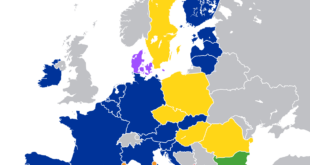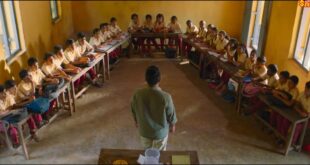- Recently, the 16th edition of the Annual Status of Education Report (ASER 2021) survey was released. The survey analysed the impact of Covid-19 on learning.
- It shows an increase in dependence on private tuitions and an absence of ready access to smartphones.
- Specific attention is needed to help make up for learning losses, especially in the lowest classes.
Important points:
- There was an unprecedented jump in government school students, and a 10-year low in private school enrolments.
- A clear shift from private to government schools — from 64.3% in 2018 to 65.8% in 2020, to 70.3% in 2021.
- A fall in private school enrolment from 28.8% in 2020 to 24.4% in 2021.
Problems:
- From having no experience of pre-primary class or anganwadis to the lack of access to digital devices, the pandemic has left the youngest entrants in India’s formal education system particularly vulnerable.
- 1 in 3 children in Classes I and II have never attended an in-person class.
- Students who entered the school system after the pandemic will require time to settle down, get ready for the formal education system.
- 65.4% teachers flagged the problem of children being “unable to catch up” as one of their biggest challenges.
- This is also a warning that their learning outcomes are set to be affected unless addressed with urgency.
- During the recent National Achievement Survey (NAS) of the central government, teachers and field investigators across the country reported that primary grade kids struggled to make sense of questions to test basic comprehension and numerical skills.
- The report captured a decline in the proportion of children not currently enrolled in the 15-16 age group. This is one of the sections which faces the highest risk of dropping out.
- In 2010, the proportion of 15-16-year-olds who were out of school was 16.1%.
- Driven by the government’s push to universalise secondary education, this number has been steadily declining and stood at 12.1% in 2018. The decline continued in 2020 to 9.9% and to 6.6% in 2021.
Way Forward
- Flexible rescheduling the academic timetable and exploring options in collaboration with schools, teachers, and parents for providing access to education to a larger section of students.
- Giving priority to the less advantaged students who do not have access to e-learning.
SOURCE: THE HINDU,THE ECONOMIC TIMES,MINT
 Chinmaya IAS Academy – Current Affairs Chinmaya IAS Academy – Current Affairs
Chinmaya IAS Academy – Current Affairs Chinmaya IAS Academy – Current Affairs



